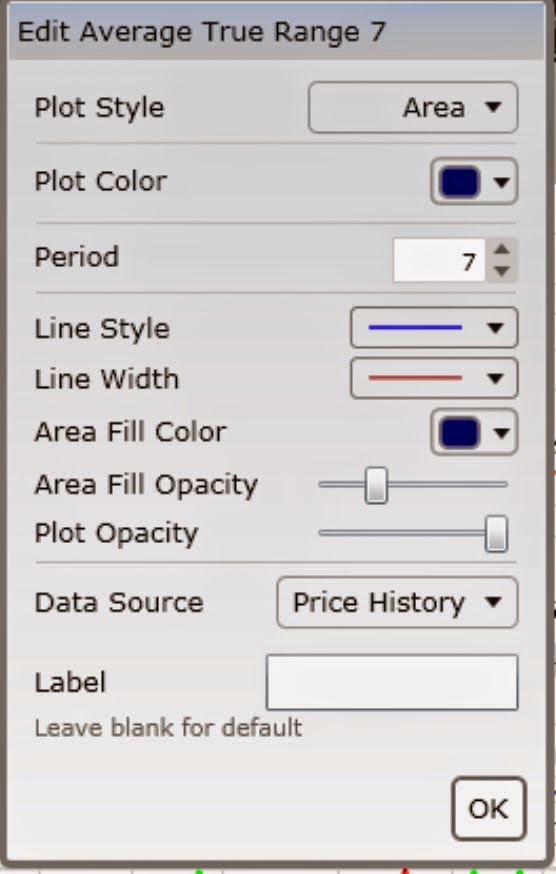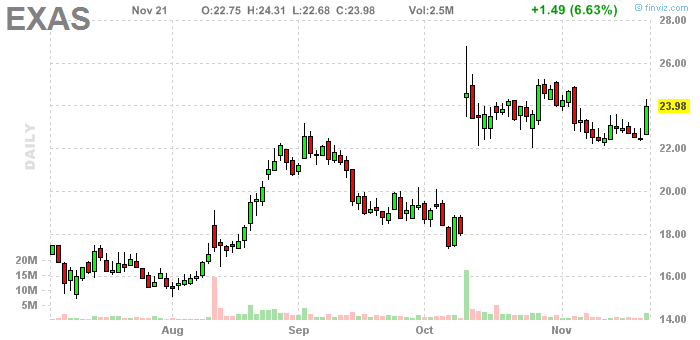It's taken me a long time to slay my demon that made me sell stocks for small profits. Let's face it, selling makes us feel good, then move on to the next and repeat. The problem is these small gains don't do a whole lot for us. In any given year, how many of your trades actually impacted your bottom line. For me it wasn't that many. Most of my small gains were canceled out by small losses. It was the few large gains that made my year. But I saw I wasn't maximizing them. I was taking partial profits and worse, I was missing huge trends when I had nailed the entry perfectly.
So after much analysis, I realized that I needed to maximize my homeruns. To paraphrase Soros, its not how often you are wrong or right, its how much you make when your right. To that end, I need to adjust my approach to allow me to maximize my profits when I got it right.
It turns out the solution was pretty easy.
Here's the cure.
Stop caring. Stop caring about making a 8 to 20% gains. That's noise. If you are in a winning stock that will make 100% gain or more you have to be willing to let the stock come all the way in.
As Ray Dalio discusses in his "Principles," to be successful, you can't overweight the first order consequences at the expense of the expense of the second and third order consequences. Yet so often I see people bragging on twitter and stock twits about nailing a 20% gain. "Congrats to my followers" they say. -- By all means follow them to mediocrity.
If 20% is good enough to take profits, they will NEVER hit the 100% or more winner that has life changing potential. You can't have it both ways.
When it to Sell Your Stock:
- Stop loss - The max amount I'm willing to risk when taking a position on.
- Break Event / ITM Stop: After a stock moves in my favor, I usually move my stop to break even to slightly in the money. The logic being that If I'm stopped out at this point, it hasn't cost me anything and if the stock re-sets I can take another shot at it without having cut into my equity position.
- Failure to obtain an earnings cushion: Risk management first. If you don't have 10-20% gains (depending on the stock) you can't take it into earnings.
- Market conditions: If leading stocks are getting distributed, it doesn't matter what your stock looks like, get out of the pool. As Jesse Livermore wrote:
"An old broker once said to me: ‘If I am walking along a railroad track and I see a train coming toward me at sixty miles an hour, do I keep on walking on the ties? Friend, I sidestep. And I do not even pat myself on the back for being so wise and prudent.’"
- Psychological levels: buying tends to slow after runs at the major psychological price levels, 50, 100, 150, 200 etc... If you have gains, this can be a great place to sell into strength.
- Parabolic Character Change -- when the trend of a stock suddenly accelerates it is often at the end portion of its run. Sell into the strength:
Abnormal distribution: If selling hits your stock that is high volume and is out of character get out- ask questions later.















